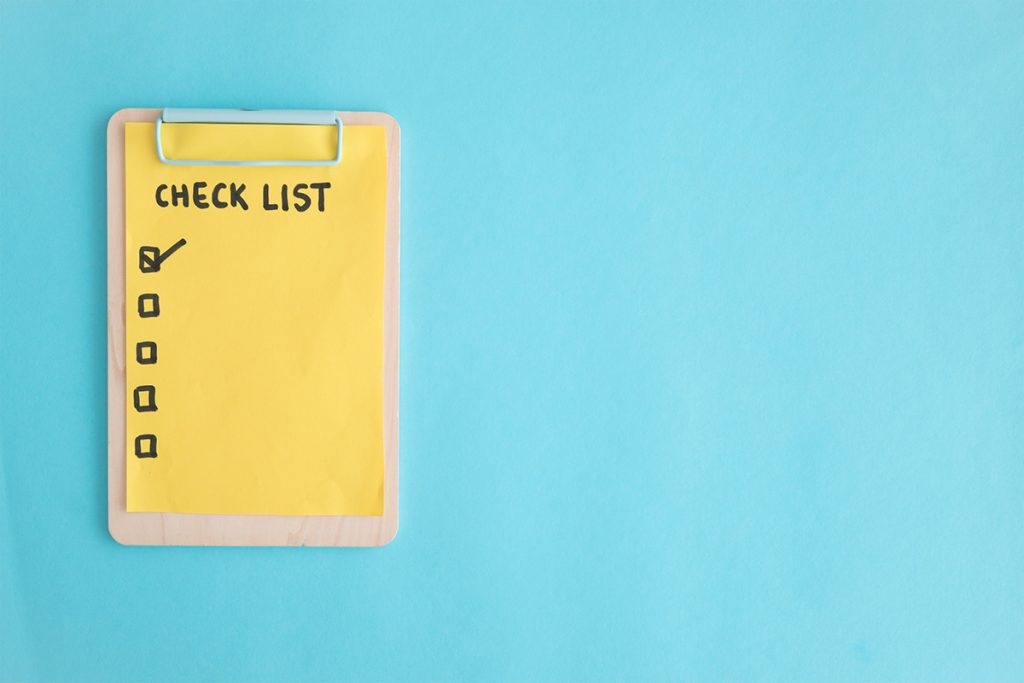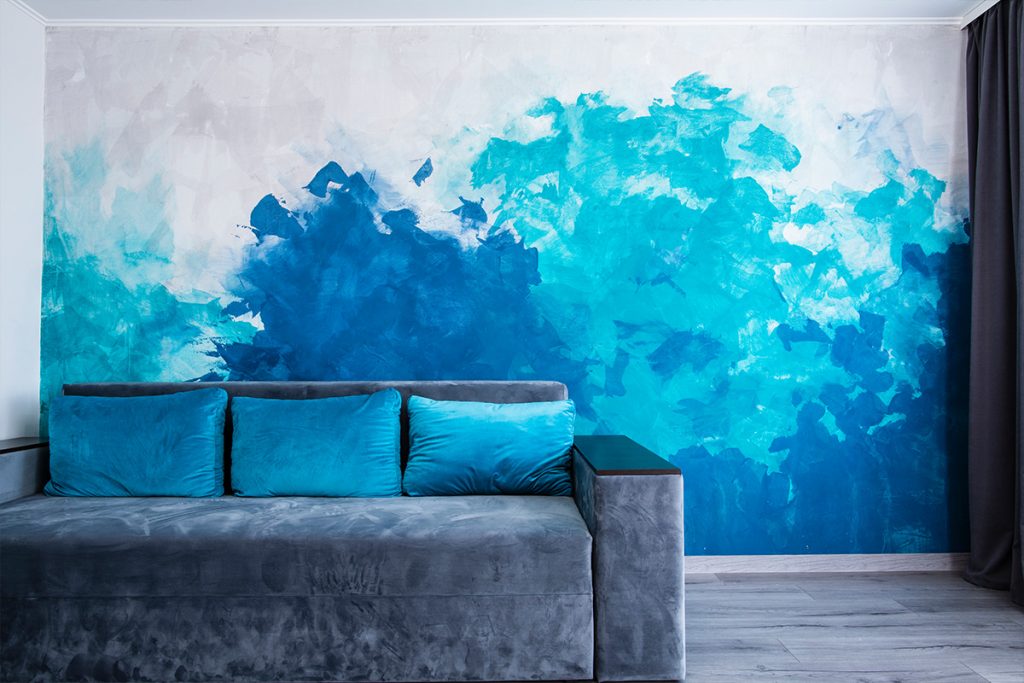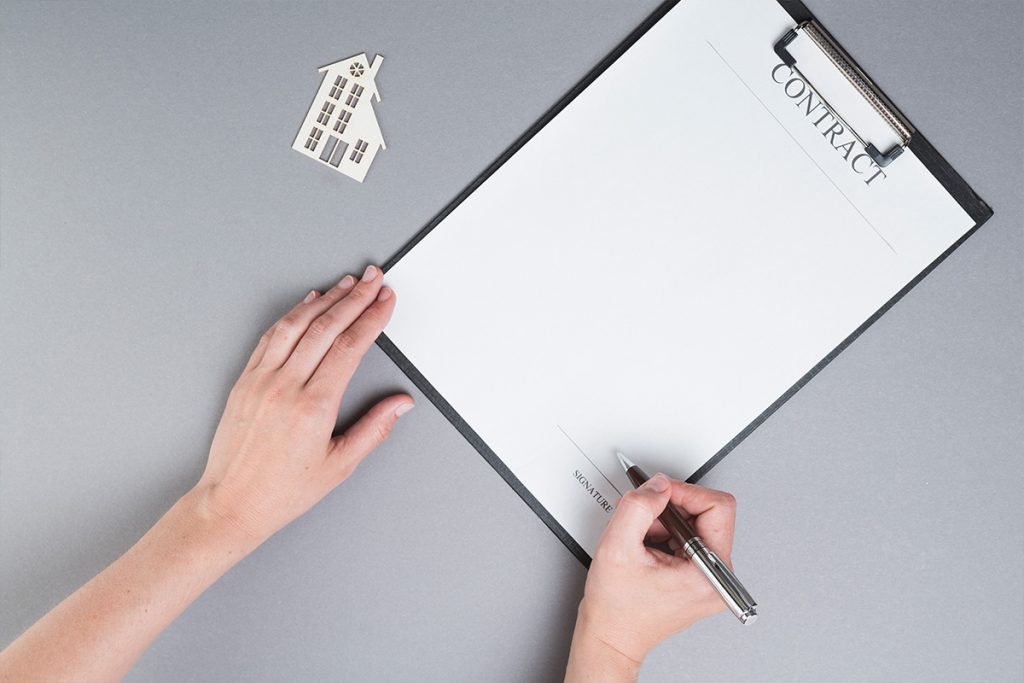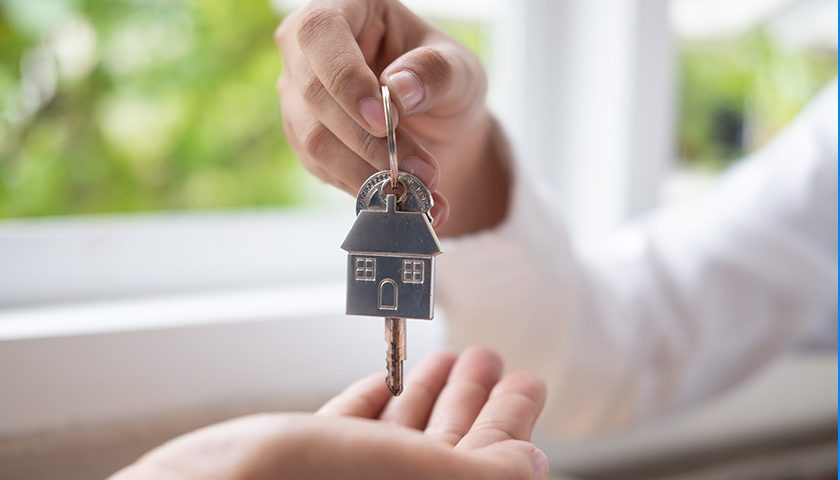The hunt for the perfect house to rent can sometimes be a long drawn process. So it’s only natural to get carried away by the excitement of finding a home that seems to be affordable and ticks a few boxes on your checklist.
However, before signing the agreement and moving in, it is good practice to examine a few aspects of the house to avoid hassles. After all, it’s going to be your home for the foreseeable future.
Here is a handy guide that will help you sort out your priorities and find a home that you would enjoy living in!
Make a prioritised checklist
Already have a checklist? That’s great, but is it prioritised? Listing out the must-have, and the nice-to-have features in separate columns give you a quick and more concrete picture of the kind of home you have in mind.

For example, if you don’t own a car, a parking spot might not be essential, but being close to public transport is. Or if you have a pet, then it’s necessary to check if the landlord, as well as the neighbourhood, is pet-friendly.
Know your neighbours
It is always a good idea to find out who you are going to be sharing space with. Is it a family with noisy kids? Quiet senior citizens? Find out from your landlord or try talking to the neighbours themselves.

Not only will you get acquainted with them but you can also get their objective opinion on the area.
Scout the area in the night
The character of an area changes as the day winds down. Take a quick drive or walk through the neighbourhood in the night and notice the activity. Are there families walking around? Is it desolate? Are the street lamps functioning? Noticing these features will give you an idea of how safe the neighbourhood is. It is also a good idea to check if there are cafes or pubs in the vicinity of the house you are looking to rent as this will indicate the noise levels or potential disturbances you might have to put up with.
Can you decorate?
Some landlords vehemently object to having their walls covered with art or posters. In fact, they may not like any alterations done to their house.

If you plan on putting up those paintings or traditional wall-hangings, it’s best to clear it with the owner before you sign the agreement. Don’t forget to ask about other practical aspects too, like putting up shelves or replacing furniture.
Safety and maintenance
How safe is your home? This is a question that, no doubt, would be topmost in your mind. In addition to the neighbourhood, go through the interiors of the house thoroughly. Do you have to rely on gas cylinders or is there a provision for piped gas? How old are the fittings? What about water leaks?

Make a list of pertinent questions that will tell you the extent of maintenance that will be needed. In addition to checking the safety features of the house like sturdy locks and video calling facilities, find out what the crime rate is for the neighbourhood and take note of where the nearest police station is.
Rent agreement
Now that you have found all the factors to be satisfactory, it is time to sign the rent agreement! Take care to ensure that the agreement offers you enough protection in ambivalent situations.

Verify the documents related to the house with a lawyer and make sure that charges about various services like maintenance and deposit are specified and listed clearly in the agreement. Important factors like notice period, increase in rent, and tenure too should be defined and laid out precisely to avoid future disagreements.
Read More: Your Guide to the Model Tenancy Act 2019


